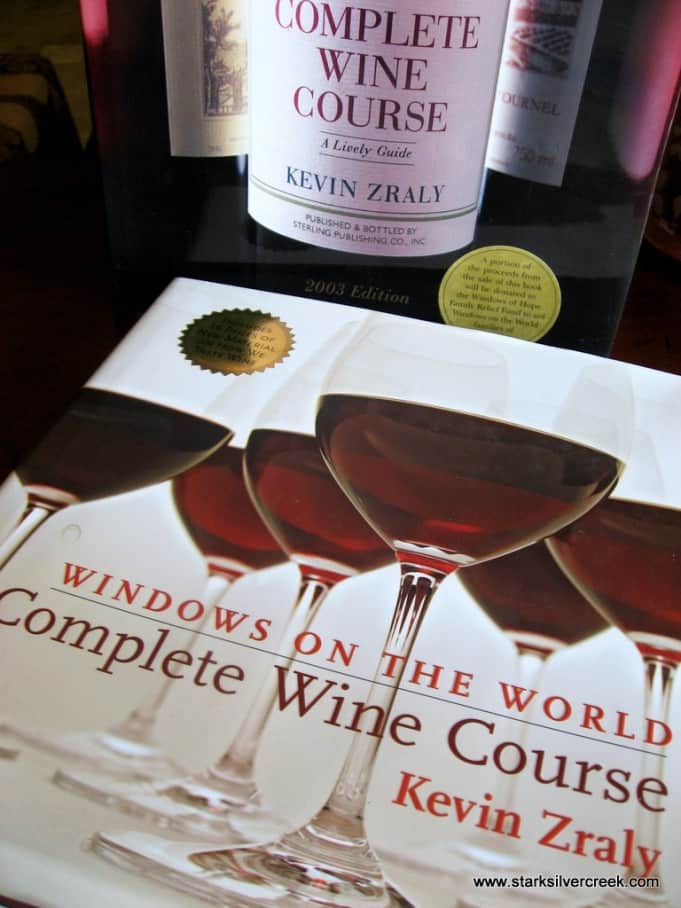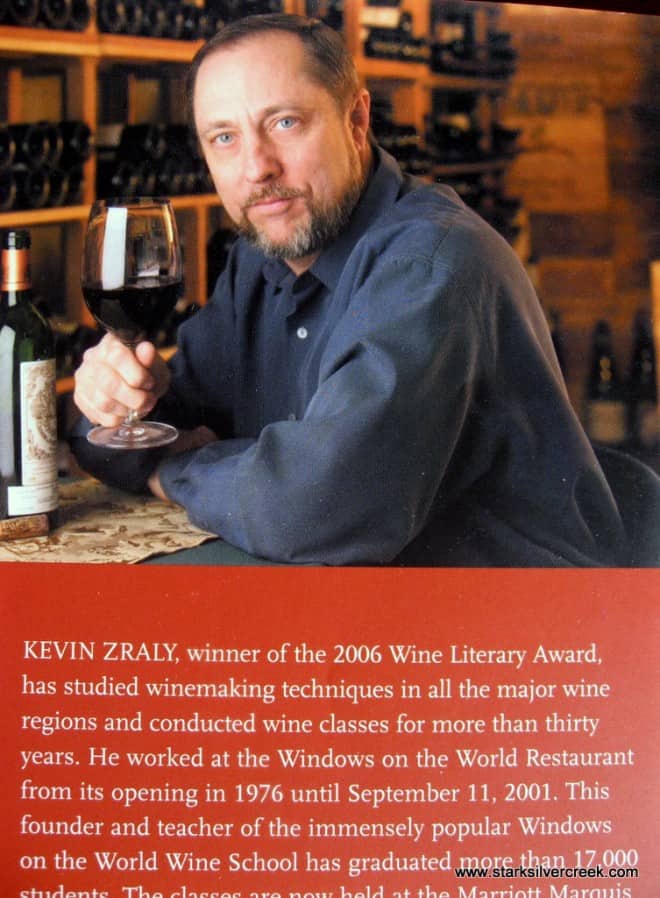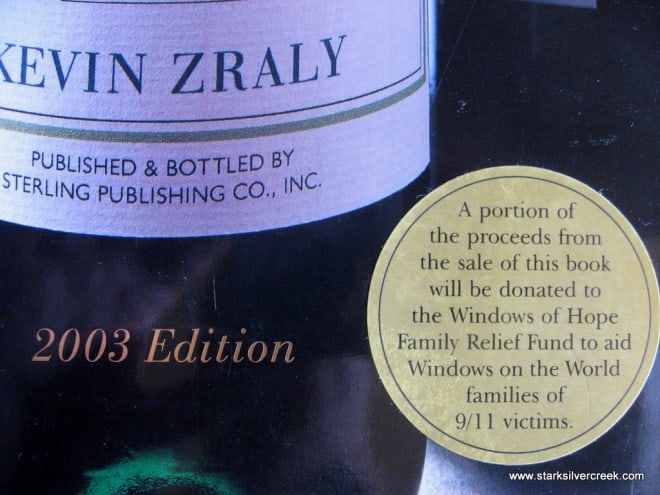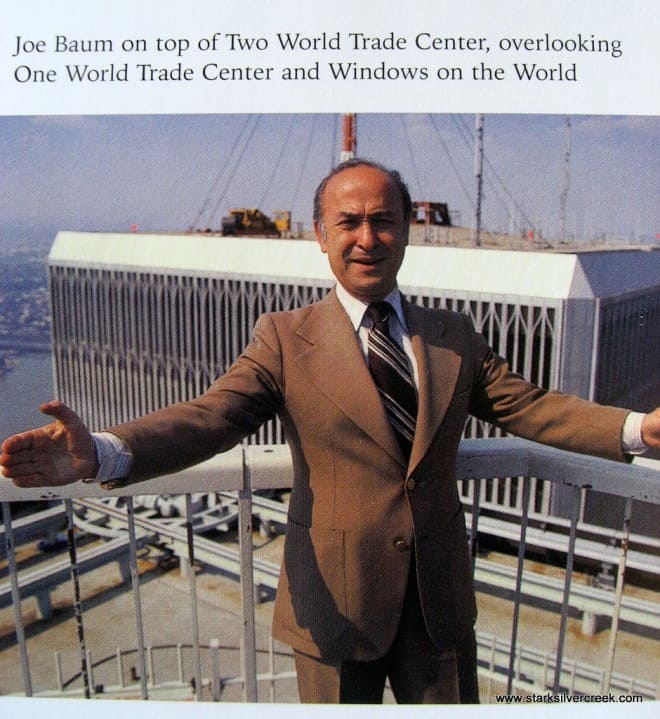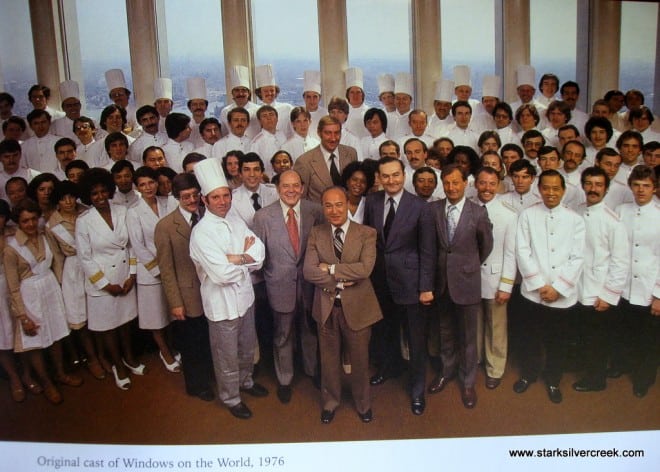Finding a wine book that is ‘just right’ is not easy. Some writers are too flowery, often evoking unnecessary sensuality and generally “phoofy” language to describe wine and the industry. Others are too technical in explaining the wine making process and sap the joy right out of the whole thing. ‘Windows on the World Complete Wine Course’ gets it just right.
Here’s a book that every wine lover — old or young, rookie or pro — should have in their collection. And with over 2 million hardcopy copies sold, apparently I’m not the only one who thinks it’s great.
There are several areas where it excels. First, and foremost, the tone of the writing is spot on. It is never condescending or arrogant in its explanation of wine concepts. At the same time, though, the writer, Kevin Zraly, manages to never stoop to, say, kindergarten-level sound bites as many others so often do. It’s not any easy balance. On explaining the the diversity of wine in California:
One of the reasons California produces such a wide variety of wine is that it has so many different climates. Some are as cool as Burguny, Champagne, and the Rhein, while others are as warm as the Rhône Valley, Portugal, and the southern regions of Italy and Spain. If that’s not diverse enough, these wine-growing areas have inner districts with “microclimates”, or climates withing climates. One of the microclimates (which are among the designated AVAs) in Sonoma County, for example, is the Russian River Valley.
Also I can appreciate the organization of the book. The eight sections, or “classes”, can be read sequentially or individually at will, and still provide meaningful information. Starting with white wines of France, Zraly introduces basic concepts and information, and then takes us on a journey through Washington, Oregon, New York, California and Germany before heading into reds. Simple maps with wine regions highlighted along with wine labels, trivia, and definitions make each page a colorful adventure.
Throughout, Zraly is not afraid to offer his opinion, not only on wine trends, grapes and regions, but also on the wineries themselves. Some of his favorite California Cabs, for example, include Cakebread, Caymus Special Selection, Duckhorn, Hess Collection, Mondavi Reserve, Opus One, Pine Ridge, Ridge Monte Bello, Silver Oak, Stag’s Leap and Whitehall Lane. Fine company, indeed.
The 2007 edition which I used for this review includes 16 new pages of material on how we taste wine. If you enjoy learning about olfactory bulbs and the limbic system, you’ll enjoy this informative, yet easy reading section.
Windows on the World Complete Wine Course
by Kevin Zraly
292 pages, hardcover, Sterling Publishing Co., Inc. New YorkRating:
5 out of 5 starsClinton Stark says:
“Wonderful and illuminating, brings a smile to my face each time I open it. A must have for any wine or would-be wine lover. The writing tone is clean, full of character and engaging — and just like a great wine, this one will age gracefully. ”
Where to buy:
Amazon
Personal touches abound too which helps separate Windows on the World from some of the staid, generic competition. The wine-buying strategy for starting a cellar, which provides details on actual wines, is expected and done well.
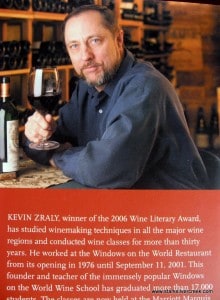
I also enjoyed the “best of the best” feature towards the end of the book where Zraly lists his picks on everything from best wine writer in the world to the best wine event. His choice for “best restaurant wine cellar design” goes to Aureole in Las Vegas, a place I’ve eaten at numerous times (fabulous). The four story wine tower is quite a sight, even more so when you can catch a “wine angel” ascending it in full gear to fetch a bottle way up there.
I should note that Windows on the World is the name of the restaurant, that opened in 1976, located a the top of one of the World Trade Center towers in New York. The 2003 edition of the book which I also own, opens with a moving tribute to the people of the restaurant and the vision that created such a spectacular place.
A photo of Joe Baum (the visionary entrepreneur), standing atop One World Trade Center, is particularly poignant. Fortunately, this section of the book carries through to future editions under a “personal history” section at the end of the book.
Whether you enjoy wine, think you might be interested in getting into wine for the first time, or are a seasoned connoisseur, this book must be in your library.


